MS Dhoni is too old to still be playing for Team India. He can no longer hit the ball at will. The finisher that once enthralled fans is finished now. Just look at the number of deliveries he eats up in his innings. He's surely a liability for the Indian team. Dhoni is just occupying a Team India spot which can very well be used to accommodate a player that actually deserves it. Surely, we can't win the ICC World Cup with Dhoni in the side.
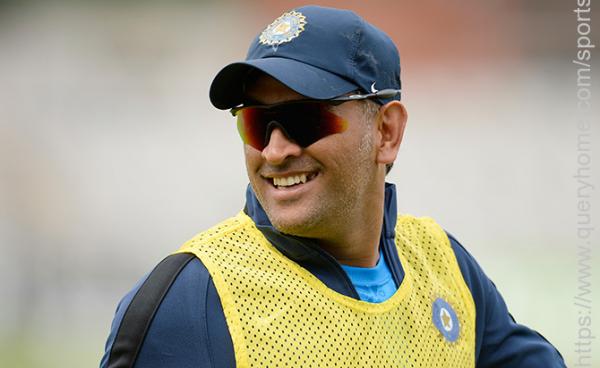
All these comments haunted the former Indian captain in 2018, making it almost imperative for Dhoni to call it quits. But, there is a reason why this man is called 'Captain Cool'. The Jharkhand cricketer is one of those rare breeds of cricketers who thrive under pressure. You knock them down, they get right back up. You push them back, they come forward with rediscovered strength.
For someone who remains India's most popular and definitely the most scrutinised cricketer (barring Sachin Tendulkar), Dhoni was out of form and sorts before he travelled to Australia for the three-match ODI series earlier this January. With the critics watching his every move, waiting for him to fall, right before embarking on 'we hate Dhoni' bandwagon; the 37-year-old had everything to lose - his career, place in the side and, more importantly, a chance to play the 2019 ICC World Cup.
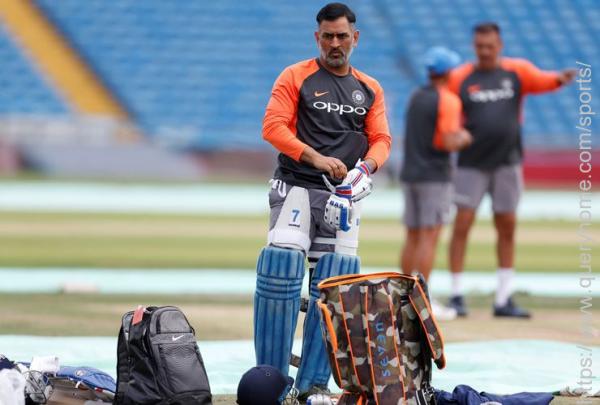
But, in the past four months, Dhoni has not only managed to silence his critics with a brilliant showing, but has rightly made the World Cup spot his own. More recently, his exploits in the twelfth edition of the Indian Premier League (IPL) almost powered Chennai Super Kings (CSK) to their fourth title, if it wasn't for a rampaging Mumbai Indians (MI) brigade.
Apart from a rediscovered form in his batting, Dhoni has so many other roles in the team which makes him a vital cog in India's dreams of capturing their third World Cup title.
Here's a look at what makes Dhoni a key ingredient in India's title aspirations at this year's World Cup:
Middle-Order Stability
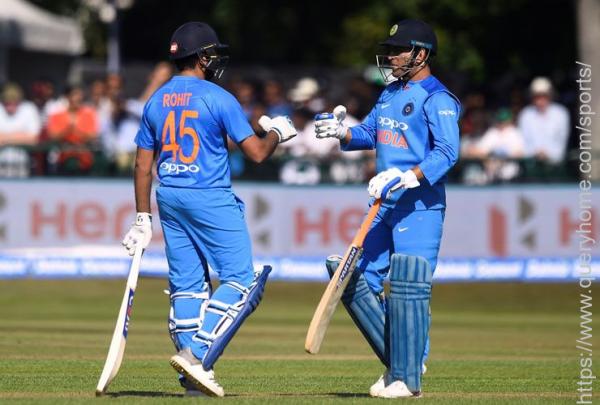
Unlike the T20 version, the ODI format is an extension that cannot be dictated just by hammering the ball out of the park. It demands the batsmen to rotate the strike and stitch crucial partnerships in the middle overs before launching the all mighty attack on the opposition bowlers in the final stages of the game. While India might boast of a strong batting line-up, no one is best suited to stabilise the innings than Dhoni.
The Jharkhand cricketer might not be the finisher we once knew, but, as India's batting line-up evolved over the years, so did Dhoni's role. From being the most consistent finishers in the sport, Dhoni has now adapted to his new role of being a sheet anchor for the team. The new-age MSD allows the batting to revolve around him as he holds the fort at the other end. And, once the game nears its end, Dhoni swaps his role and the finisher takes over.
Going into the World Cup, India have thrived on the form of their top three, with the middle-order yet to be tested, which makes Dhoni's presence furthermore crucial for Kohli's men in England & Wales.
Lightning Quick Glovework
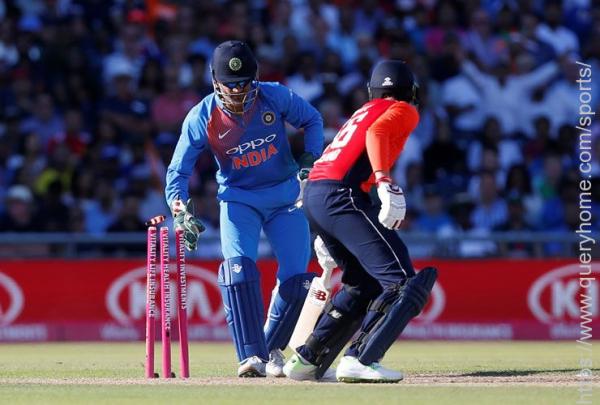
Cricket, like other sports, is a game dictated by rules and there are numerous ways in which the coaches emphasise on its importance across the globe. Technique does not end with batting alone, as noticed with wicket-keepers who are equally expected to follow certain guidelines to reap better returns.
Amongst others, one major rule related to wicket-keeping or fielding, in general, is inertia. With the ball travelling to the fielder's hands at a rapid pace, a cricketer is expected to catch the ball and let it slide with the momentum for some time before resisting the motion. The idea is to absorb the momentum of the ball slowly in a bid to avoid chances of it popping out of their hands.
While most wicket-keepers follow this tactic against seamers and spinners, Dhoni follows a completely different ideology. He believes in attacking the ball and throwing his hands at the stumps as quickly as possible. When he keeps to the spinners, Dhoni moves his hands towards the ball and - without moving his hand back for even a second - guides it to the stumps. So what does he achieve by doing that? As noted on one of his stumpings, a reaction time of a staggering 0.38 seconds.
When it comes to run-outs, Dhoni has evolved from traditional techniques even more. While the age-old wicket-keeping technique would state that a keeper needs to be behind the stumps to collect a throw, the Jharkhand cricketer feels otherwise. Rather than standing behind, Dhoni stands right in front and flicks the ball onto the stumps using the momentum of the throw. That technique might not be listed in any rule book, but the Indian wicket-keeper has made it work over the years.
Setting Up The Field
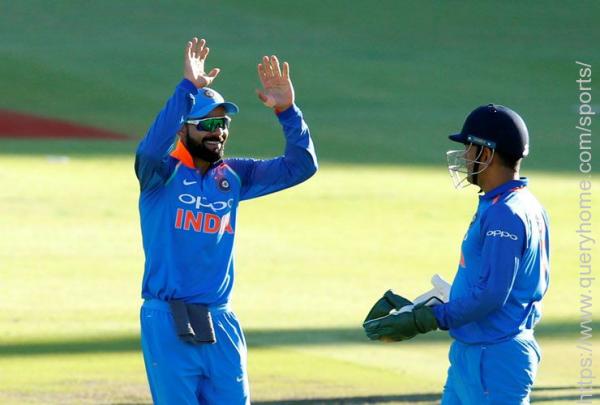
A wicket-keeper enjoys the luxury of having one of the best views on the field. And, Dhoni makes the most of it with his shrewd awareness behind the stumps. Keeping a close watch on the contest between the bowler and the batsman, Dhoni is often seen setting up the field according to the situation.
Such has been his know-how of the game that Dhoni, almost like a seer, ends up predicting the shots which are yet to be played by the opposition batsmen. There have been numerous instances where, after anticipating the batsmen's shot selection, the former Indian captain's field settings have led to a breakthrough. And, that added skill-set is likely to come in handy for India in England & Wales.
Guiding The Bowlers
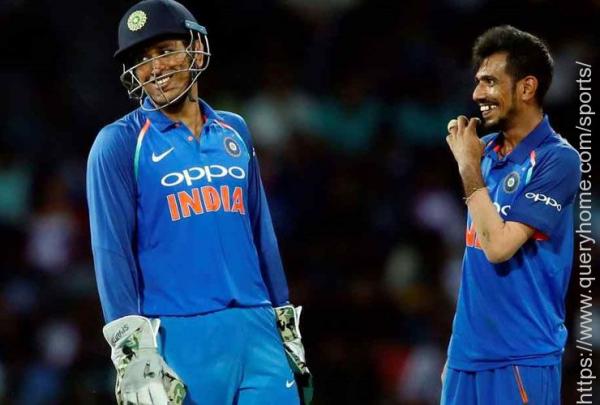
The close proximity of a wicket-keeper with the bowlers allows them to pass on vital information about the batsman's play. If the batsman falters in footwork, the wicket-keeper is probably the first one to notice and advise the bowler to use it to his own good. And, Dhoni is no different.
The Indian wicket-keeper has been the guiding force behind the rapid rise of Indian spin duo of Kuldeep Yadav and YuzvendraChahal in limited-overs cricket. The stump-mic chatter from numerous ODI games India has played in the past has been a testimony to how Dhoni has helped the Indian spinners to get the better of the Proteas.
"From behind the stumps, Mahi bhai (MS Dhoni) always keeps advising you. He knows what the batsman is going to try. It makes it easier for us," Chahal has been quoted as saying in the past.
India's Go-To-Man For DRS
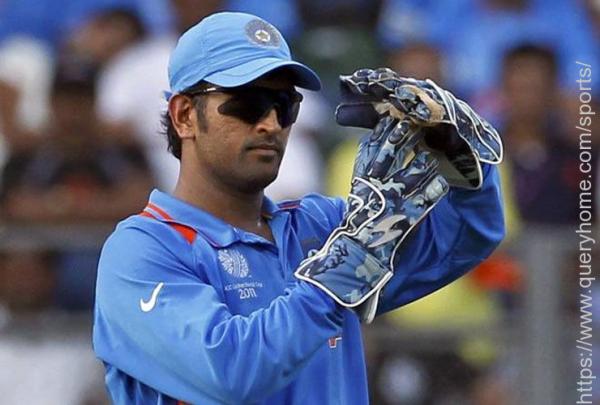
With the advent of the Decision Review System (DRS), the cricket teams have an option to challenge on-field decisions. While most teams have struggled to properly use the review, India seems to be doing pretty damn well - thanks to MSD. Such has been his awareness behind the stumps that he has developed a knack for getting the review right, almost every time.
His impeccable judgement on the DRS has aided Team India on multiple occasions in the past. While many of his teammates, including captain Virat Kohli, have struggled to identify a potential opportunity, Dhoni has made DRS his own forte. In the modern era of cricket, where every opportunity is crucial in the bigger scheme of things, that is one additional skill a keeper needs and Dhoni leads the way, yet again.


